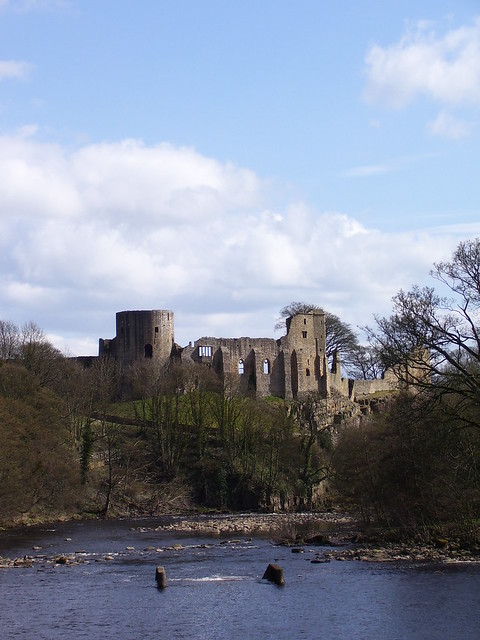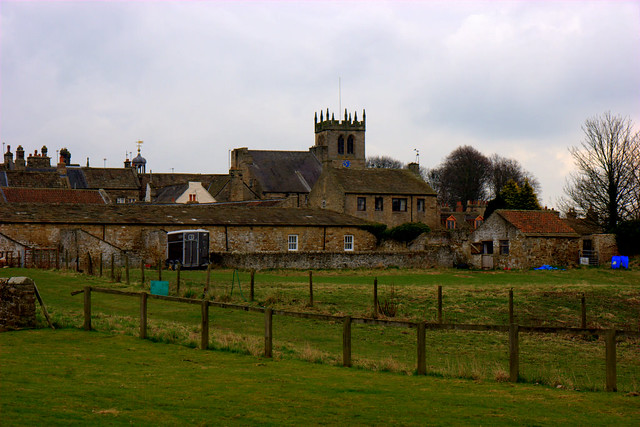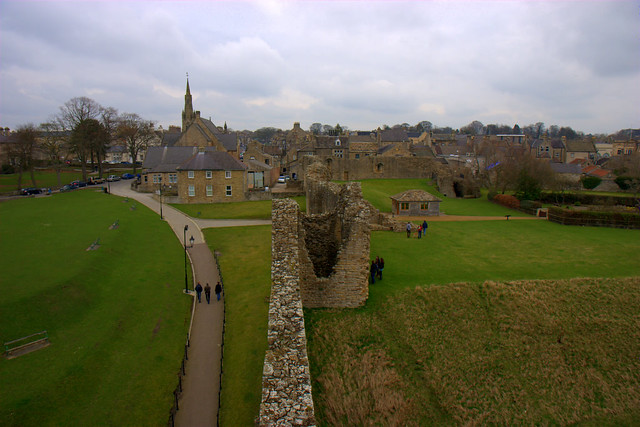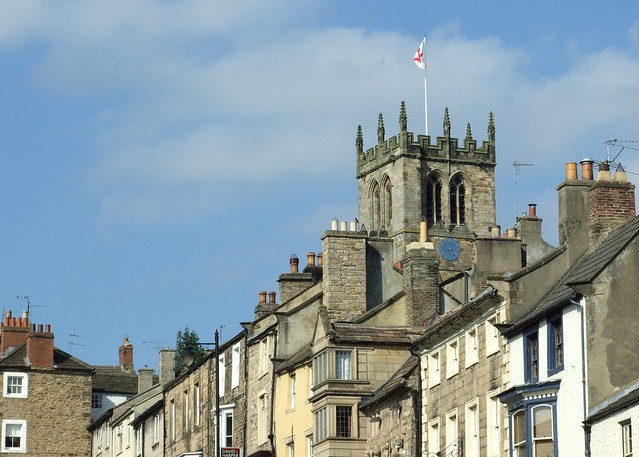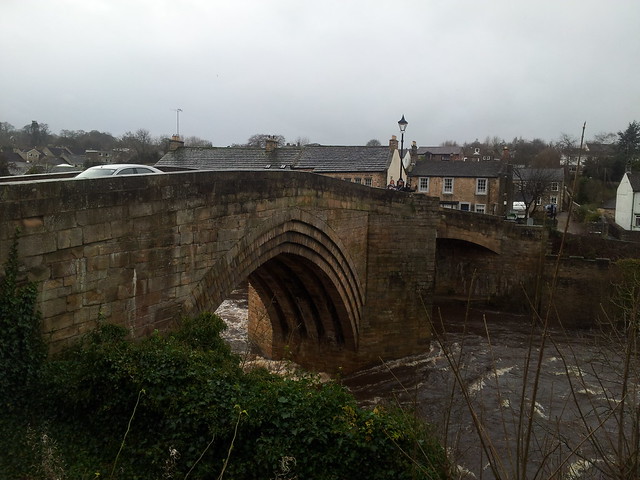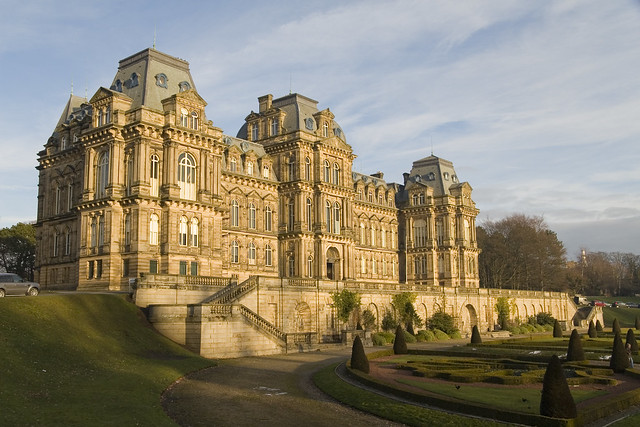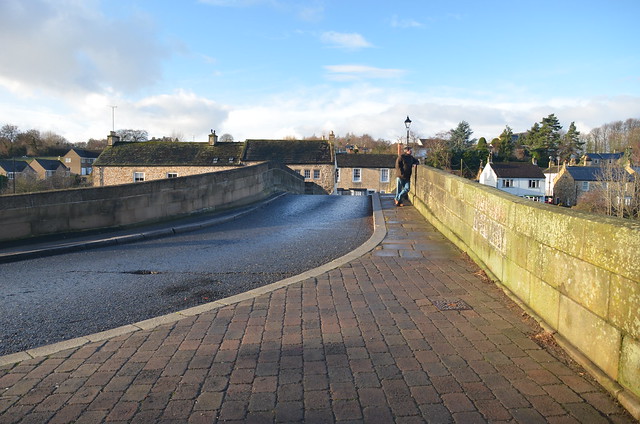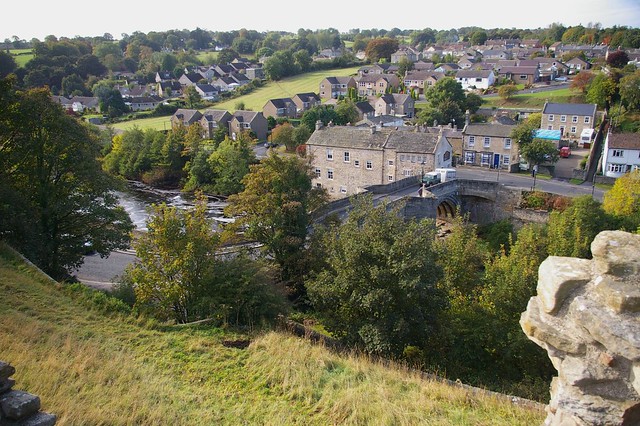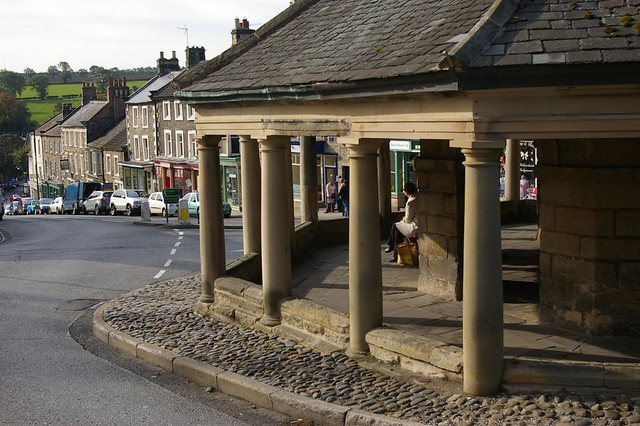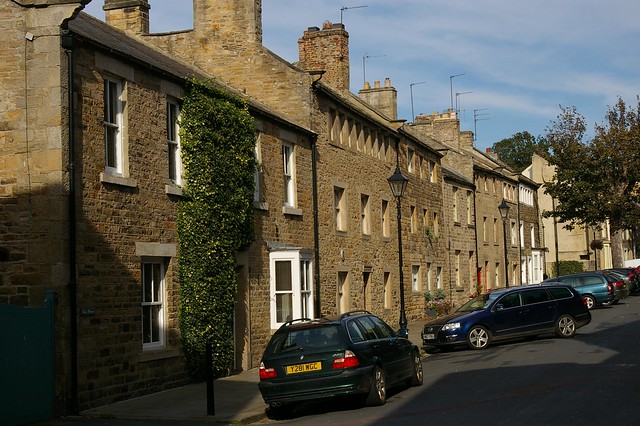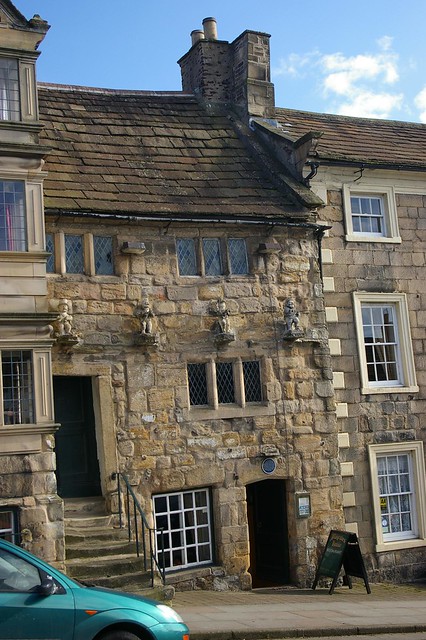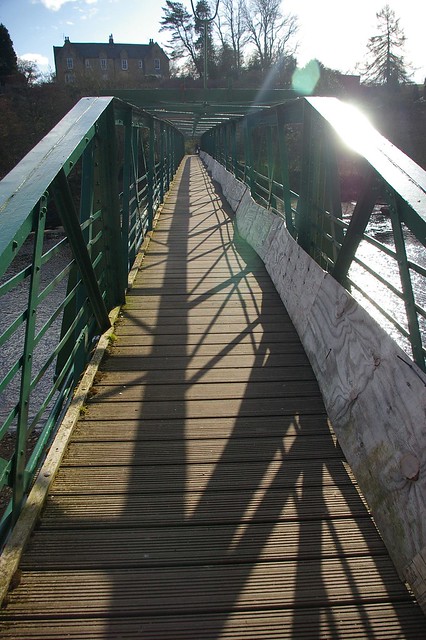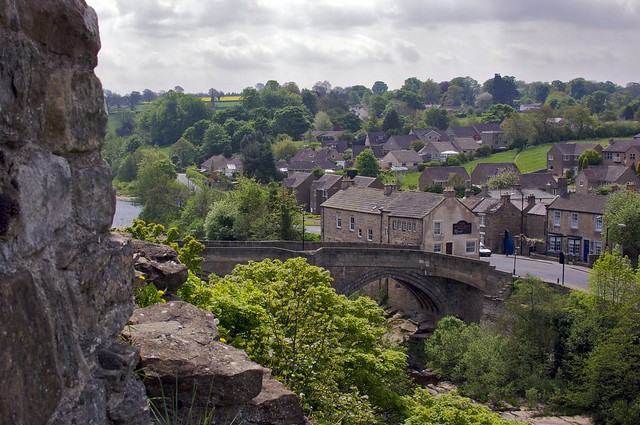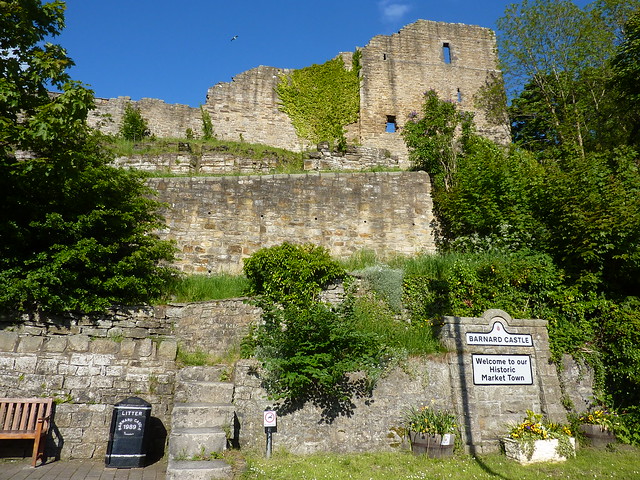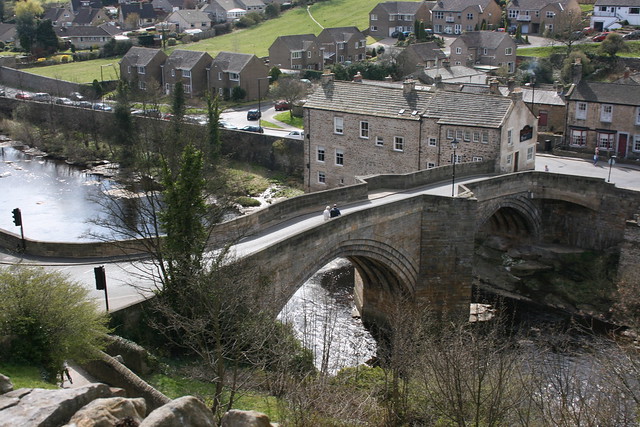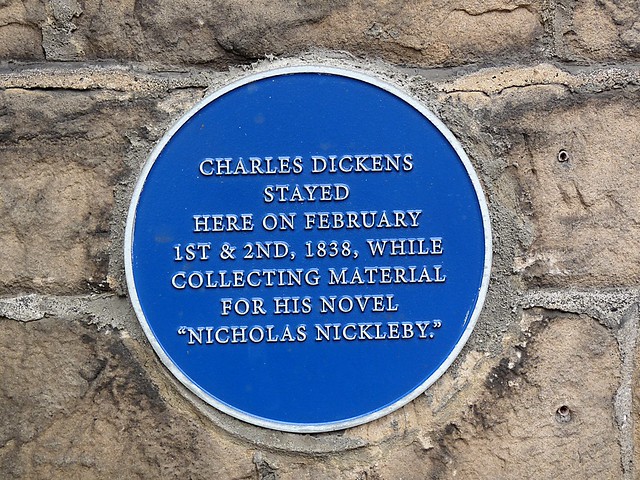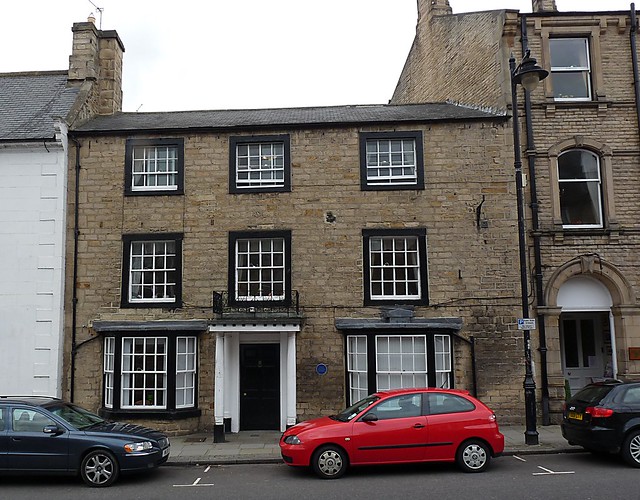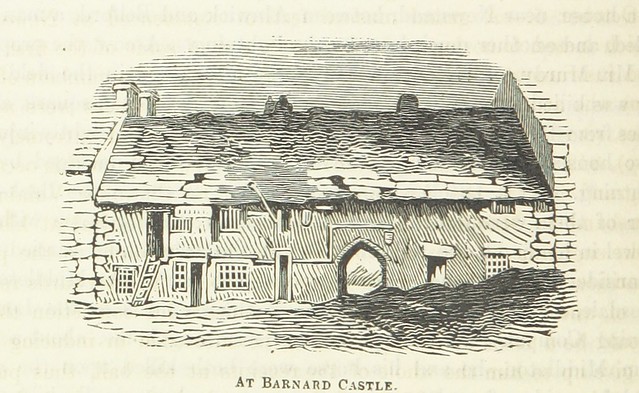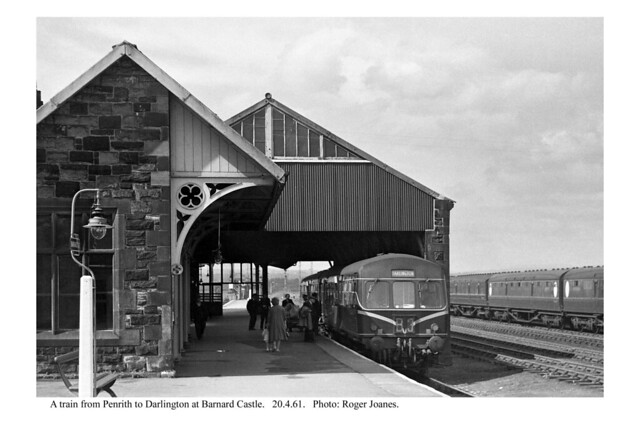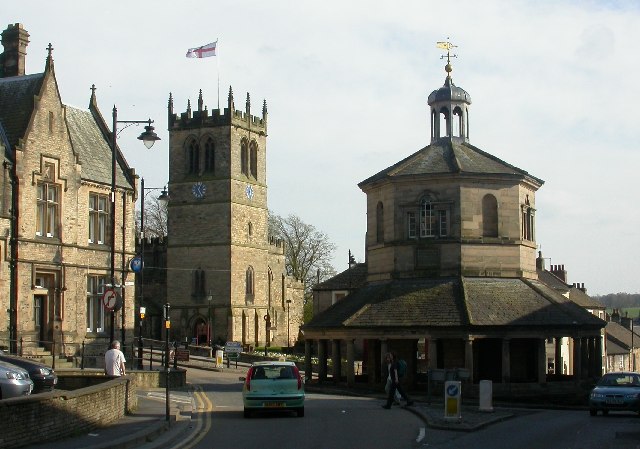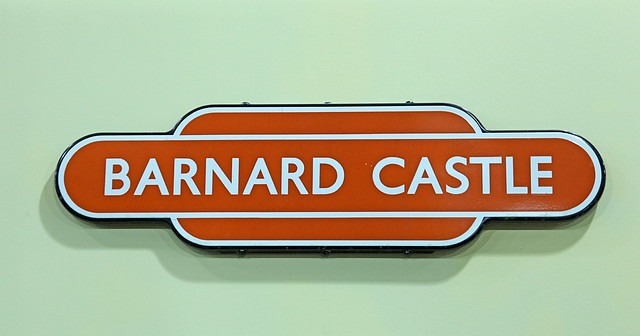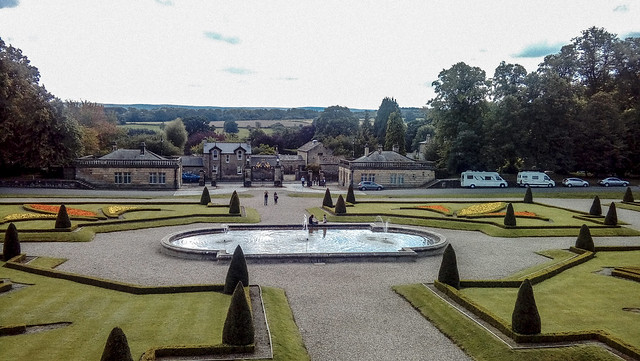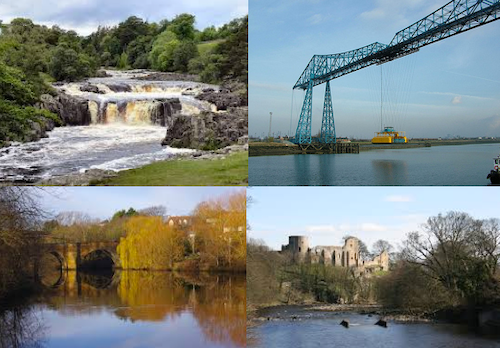Topics > County Durham > Barnard Castle (town)
Barnard Castle (town)
Before the Norman conquest the upper half of Teesdale had been combined into an Anglo-Norse estate which was centred upon the ancient village of Gainford and mortgaged to the Earls of Northumberland. The first Norman Bishop of Durham, Bishop Walcher, was murdered in 1080. This led to the surrounding country being attacked and laid waste by the Norman overlords. Further rebellion in 1095 caused the king William II to break up the Earldom of Northumberland into smaller baronies. The Lordship of Gainford was given to Guy de Balliol. The earthwork fortifications of the castle were re-built in stone by his successor, Bernard de Balliol I during the latter half of the 12th century. The castle passed down through the Balliol family (of which the Scottish king, John Balliol, was the most important member) and then into the possession of Richard Neville, Earl of Warwick. King Richard III inherited it through his wife, Anne Neville, but it fell into ruins in the century after his death.
The remains of the castle are a Grade I listed building, whilst the chapel in the outer ward is Grade II* listed. Both sets of remains are now in the care of English Heritage and open to the public.
Walter Scott frequently visited his friend John Sawrey Morritt at Rokeby Hall and was fond of exploring Teesdale. He begins his epic poem Rokeby (1813) with a man standing on guard on the round tower of the Barnard Castle fortress.
Charles Dickens and his illustrator Hablot Browne (Phiz) stayed at the King's Head in Barnard Castle while researching his novel Nicholas Nickleby in the winter of 1837-38. He is said to have entered William Humphrey's clock-maker's shop, then opposite the hotel, and enquired who had made a certain remarkable clock. William replied that his boy Humphrey had done it. This seems to have prompted Dickens to choose the title "Master Humphrey's Clock" for his new weekly, in whichThe Old Curiosity Shop and Barnaby Rudge appeared.
William Wordsworth, Daniel Defoe, Ralph Waldo Emerson, Hilaire Belloc, Bill Bryson and the artist J M W Turner have also visited the town.
The Bowes Museum, housed in a chateau-like building, was founded by John Bowes and his wife Josephine, and is of national status. It contains an El Greco, paintings by Goya, Canaletto, Boucher, Fragonard and a collection of decorative art. A great attraction is the 18th century silver swan automaton, which periodically preens itself, looks round and appears to catch and swallow a fish.
John Bowes lived at nearby Streatlam Castle (now demolished). His Streatlam stud never had more than ten breeding mares at one time, but produced no fewer than four Derby winners in twenty years. The last of these, "West Australian", was the first racehorse to win the Triple Crown (1853).
Although never a big manufacturing centre, in the 18th century industry centred on hand loom wool weaving, and in the early 19th century the principal industry was spinning and the manufacture of shoe thread.
Visit the page: Barnard Castle for references and further details. You can contribute to this article on Wikipedia.
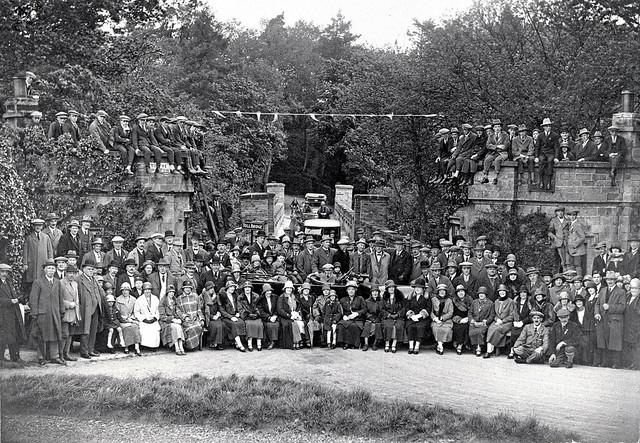
from Beamish (flickr)
Group gathered around Abbey Bridge, Barnard Castle at the annual North East Cycle Meet, 1924.
Pinned by Simon Cotterill
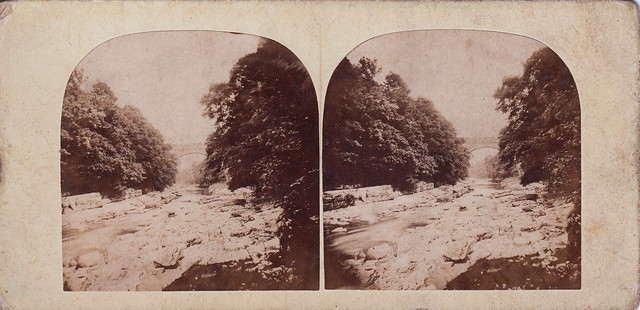
from Flickr (flickr)
37. Abbey Bridge near Barnard Castle, Durham by James Wilson (c.1869)
Pinned by Simon Cotterill
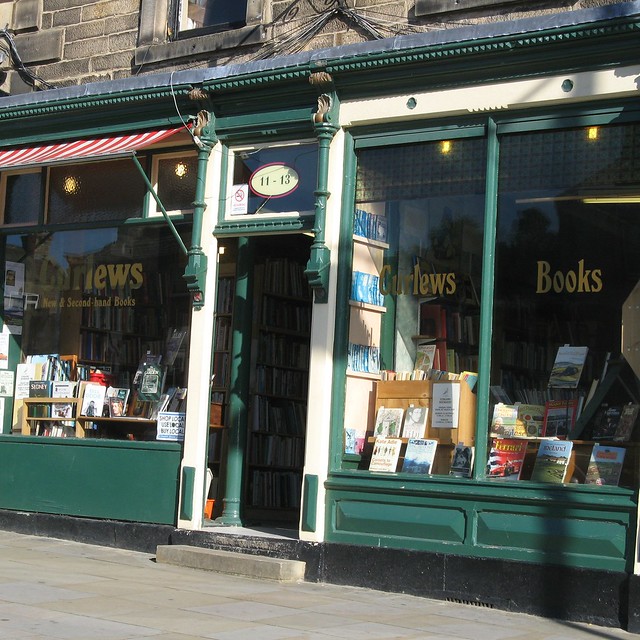
from Flickr (flickr)
Second Hand Bookshop in Barnard Castle, Teesdale, County Durham North East
Pinned by Simon Cotterill
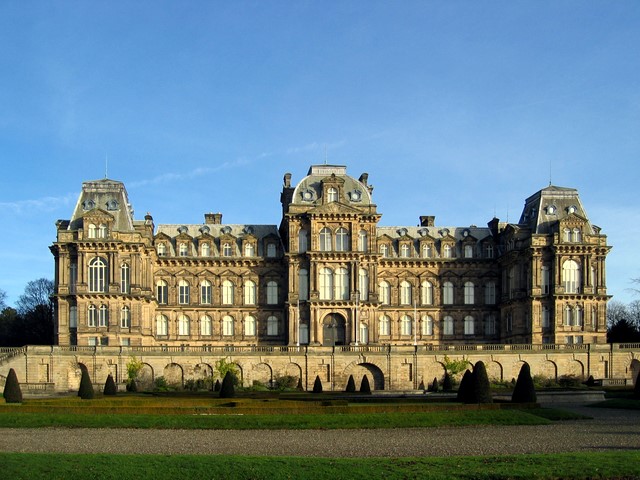
Co-Curate Page
Bowes Museum
- Overview About the Museum Map The Bowes Museum is located in the town of Barnard Castle and houses an internationally renowned art collection. The museum opened on the 10th June 1892 …
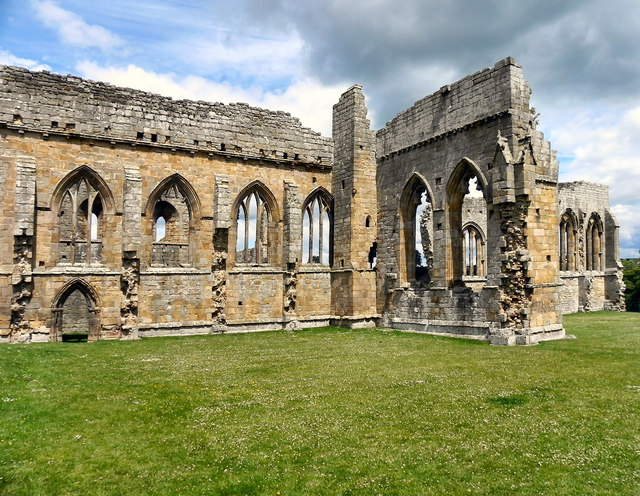
Co-Curate Page
Egglestone Abbey
- Overview About Egglestone Abbey Map Street View Egglestone Abbey is an abandoned Premonstratensian Abbey on the southern (Yorkshire) bank of the River Tees, 1 1⁄2 miles (2.4 km) south-east of …
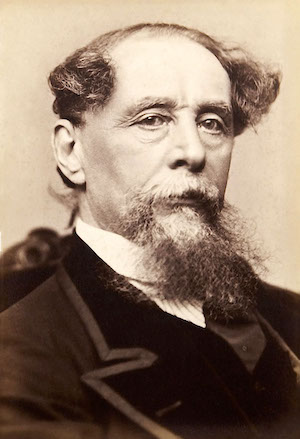
Co-Curate Page
Charles Dickens and the North East
- Overview About Charles Dickens Charles Dickens (1812-1870) was one of the greatest novelists of the Victorian era and his works remain widely read. As a writer, performer, and social critic …

Co-Curate Page
Startforth
- Overview About Startforth Map Street View Startforth is a village on the banks of the River Tees opposite Barnard Castle. Startforth is in County Durham, but had historically been in …
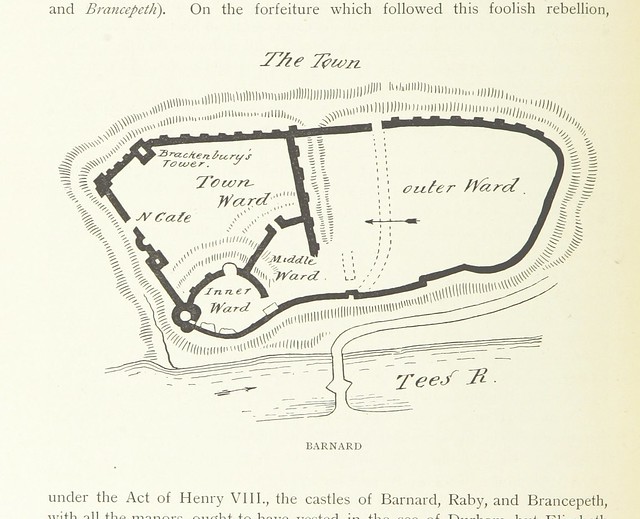
from Flickr (flickr)
Image taken from page 386 of 'The Castles of England: their story and structure ... With ... illustrations and ... plans'
Pinned by Simon Cotterill
Co-Curate Page
Historic Buildings and Monuments in Barnard Castle
- Listed buildings and scheduled monuments in Barnard Castle, County Durham, from the National Heritage List for England[1]. Use the Search (below) if looking for a specific building / monument. Structure …


from Beamish (flickr)
Group gathered around Abbey Bridge, Barnard Castle at the annual North East Cycle Meet, 1924.
Pinned by Simon Cotterill

from Flickr (flickr)
37. Abbey Bridge near Barnard Castle, Durham by James Wilson (c.1869)
Pinned by Simon Cotterill

from Flickr (flickr)
Second Hand Bookshop in Barnard Castle, Teesdale, County Durham North East
Pinned by Simon Cotterill

Co-Curate Page
Bowes Museum
- Overview About the Museum Map The Bowes Museum is located in the town of Barnard Castle and houses an internationally renowned art collection. The museum opened on the 10th June 1892 …

Co-Curate Page
Egglestone Abbey
- Overview About Egglestone Abbey Map Street View Egglestone Abbey is an abandoned Premonstratensian Abbey on the southern (Yorkshire) bank of the River Tees, 1 1⁄2 miles (2.4 km) south-east of …

Co-Curate Page
Charles Dickens and the North East
- Overview About Charles Dickens Charles Dickens (1812-1870) was one of the greatest novelists of the Victorian era and his works remain widely read. As a writer, performer, and social critic …

Co-Curate Page
Startforth
- Overview About Startforth Map Street View Startforth is a village on the banks of the River Tees opposite Barnard Castle. Startforth is in County Durham, but had historically been in …

from Flickr (flickr)
Image taken from page 386 of 'The Castles of England: their story and structure ... With ... illustrations and ... plans'
Pinned by Simon Cotterill
Co-Curate Page
Historic Buildings and Monuments in Barnard Castle
- Listed buildings and scheduled monuments in Barnard Castle, County Durham, from the National Heritage List for England[1]. Use the Search (below) if looking for a specific building / monument. Structure …

County Durham

Abbey Bridge, near Egglestone Abbey

Barnard Castle (castle)

Barnard Castle Bridge

Barnard Castle Railway Station (closed 1965)

Barnard Castle, 1848
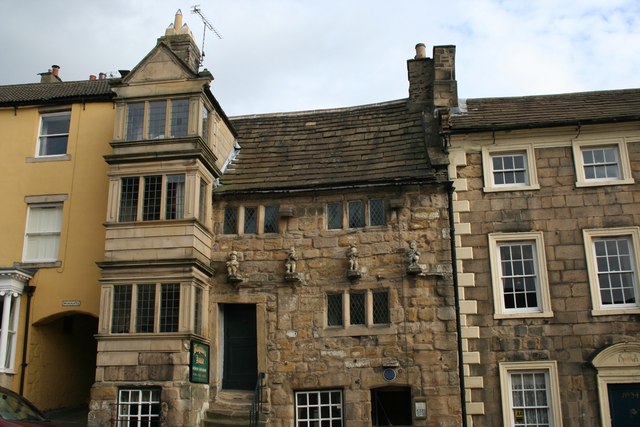
Blagraves, The Bank, Barnard Castle
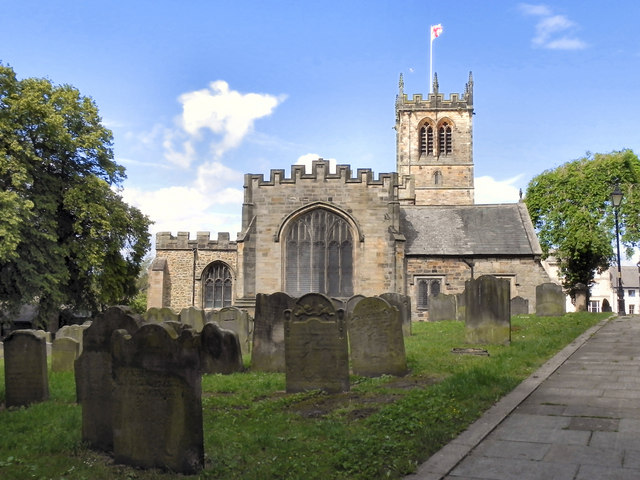
Church of St Mary, Barnard Castle
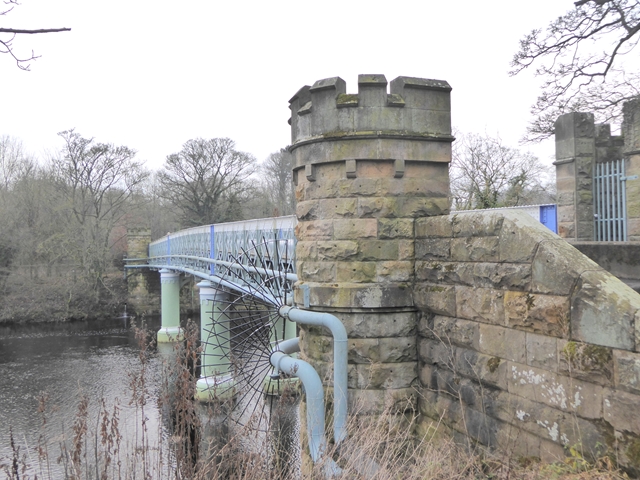
Deepdale Footbridge, Barnard Castle

Map and Aerial View of Barnard Castle
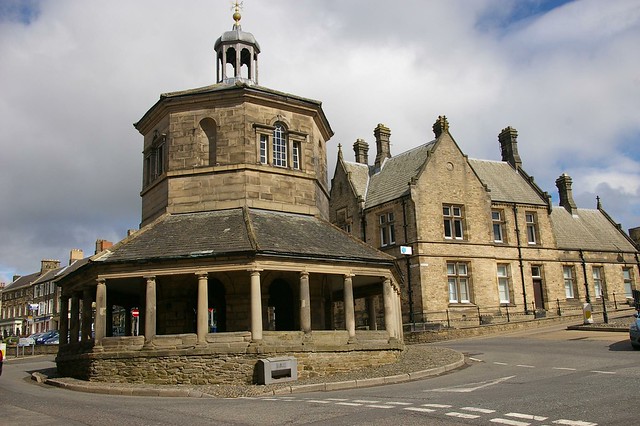
Market Cross, Barnard Castle

Teesdale School and Sixth Form
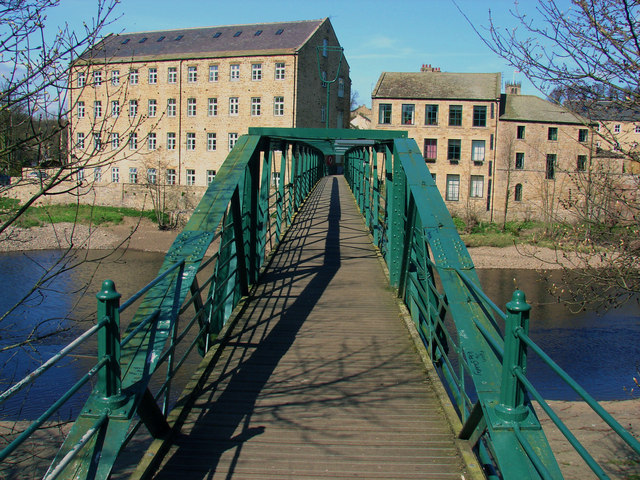
Thorngate Footbridge
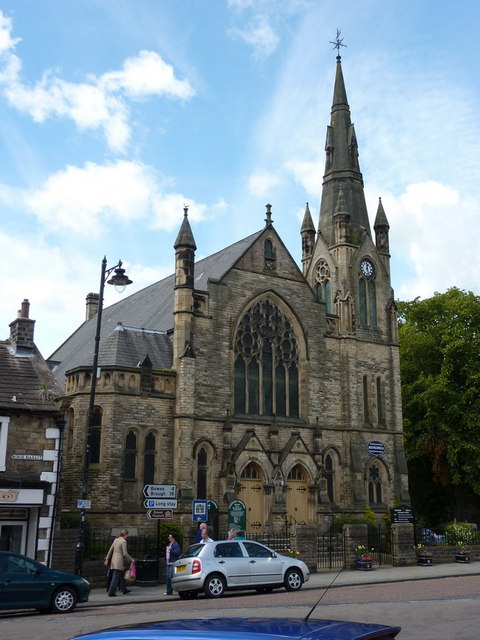
Trinity Methodist Church, Barnard Castle

